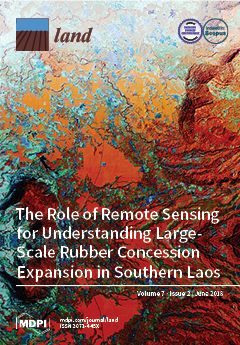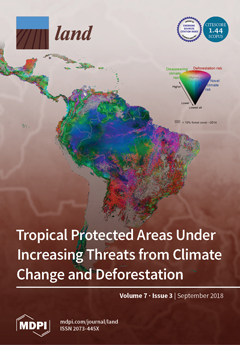The Potential for Enhanced Water Decoupling in the Jordan Basin through Regional Agricultural Best Practice
This paper examines the differences in agricultural water application per crop ton output in semi-arid jurisdictions in the Jordan Basin, focusing on Israel and Jordan, with some analysis relevant to Palestine. In order to understand differences in water application, it delivers a nationally averaged assessment of applied water application for 14 key regional crops, with most cases suggesting Israeli best practice in water application per unit crop.




